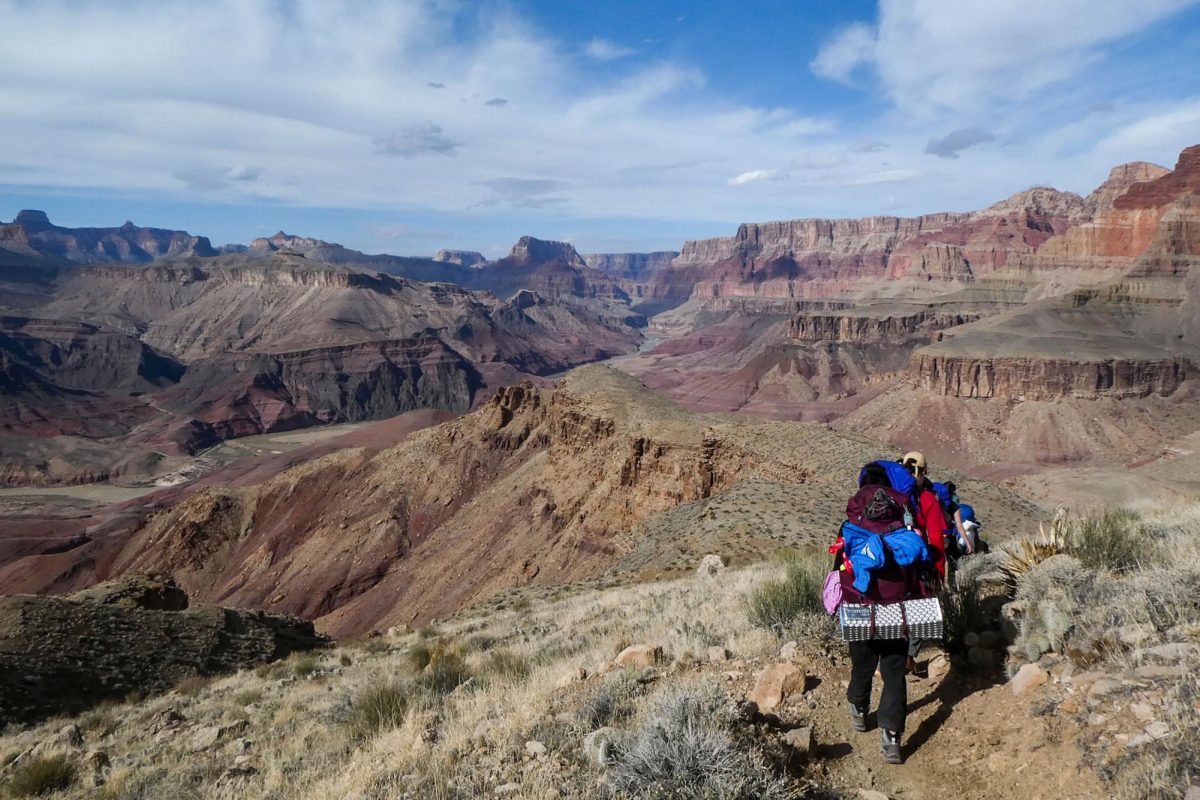Administrators will lay out an ambitious set of sustainability strategies Tuesday to diminish the University’s eco footprint over the next decade.
The green plan outlines goals, such as becoming a zero-waste college and expanding farming to sell more GW-grown food in dining halls, to propel GW to what administrators call the forefront of sustainability campaigns in higher education. Most initiatives have targets of 2020.
Covering initiatives already in place by the Office of Sustainability, including water quality and carbon emissions reduction initiatives, it also highlights waste reduction, ecosystem preservation, spiritual and body health and self-sustainable agriculture.
“We weren’t going to make GW sustainable by just doing energy, water and waste. We had to look at it more from a systems perspective,” Director of the Office of Sustainability Meghan Chapple-Brown said. “A lot of times, our economy doesn’t value the service the ecosystem provided.”
GW’s urban campus gives it a unique responsibility to restore the ecosystems that it has impacted over the last 100 years in Foggy Bottom, she said.
Chapple-Brown said the University has not calculated the cost of the plan, but added that many of its investments will pay for themselves.
A major component of the plan calls for increasing water-absorbing spaces on campus – like walkways connecting buildings – by 10 percent to make up for Foggy Bottom’s loss of its natural swamps.
Chapple-Brown said the GroW Garden, a campus garden across from Philip Amsterdam Hall, would serve as a model for more small-scale farms on campus. The garden, which received a $10,000 Gardens for Good Grant last year, is run by the Food Justice Alliance with student, staff and faculty volunteers.
Intensified efforts to become a zero-waste college will emphasize composting, recycling paper and promoting reusable water bottles on campus.
The University also plans to add more green space and promote healthy lifestyles outdoors by promoting the student-run group GW TRAILS and the nearby Rock Creek Park, Chapple-Brown said, though all the details for the years-long plan have not yet been hammered out.
The office’s graduate research associate Ridhima Kapur said staff looked at studies that showed that more natural space improves cognitive abilities and helps hospital patients heal faster.
“That you can see green space and see nature around, and to be more in tune with it, is somehow more helpful,” Kapur said. “We need to get the students the opportunity to access it.”
Each of the plan’s key tenets will be broken down into specific initiatives and projects over the next few years, Chapple-Brown said. Big ideas will be handed off to the Innovation Task Force, the University’s cost-cutting committee that meets year-round to outline ways to make GW more efficient.
Chapple-Brown said GW has a pioneering take on sustainability, similar to those taken by corporations like the Dow Chemical Company.
“Service companies haven’t tackled it before,” Chapple-Brown said. “We have a lot to learn, because we know this is a really ambitious plan.”
Chapple-Brown, who spent about 15 years working for companies like Ford Motor Company, Nike and Walmart, said she knew a holistic approach “was where the world was moving towards” because of its cost-saving and moral implications.
The office based the strategy on recommendations from the World Business Council on Sustainable Development and the United Nations Environmental Programme. GW also pulled in experts and professors to weigh in on the plan, though Chapple-Brown said GW would need to continue to solicit feedback to create community buy-in.
The plan is the most far-reaching green initiative under University President Knapp, covering all aspects of the school’s impact on the environment.
Knapp, who lived on a sustainable farm in Sparks, Md. before coming to Foggy Bottom in 2007, has made green initiatives a priority since the start of his presidency. He convened a sustainability-focused task force upon his arrival, leading to the founding of the Office of Sustainability in 2009. Two years ago, GW launched its first major commitment to sustainability with the Climate Action Plan, which set the aim to reduce 40 percent of greenhouse gas emissions by 2025.
A year after Knapp arrived, a scathing Sierra Club report called out GW for lacking measures to combat greenhouse gases, highlighting the amount of eco-related catch-up the University had to undertake in a new administration.
The Office of Sustainability has worked on its master eco-plan for two years, after releasing glimpses of its sustainability strategy through the Climate Action Plan and GWater Plan. Knapp introduced the plans in 2010 and 2011 respectively, pledging a reduction in greenhouse gas emissions and water bottle usage on campus. Knapp said in April that the office was planning for a third “ecosystem plan.”
Both of the smaller blueprints will fall under the umbrella of the overarching green plan.
Twenty-two students have declared majors in the sustainability minor that launched this fall. The GW Law School also began pumping money into its energy law program this summer, with an almost half a million dollar donation from The Constellation Foundation, a branch of the national energy provider Exelon Corporation.







